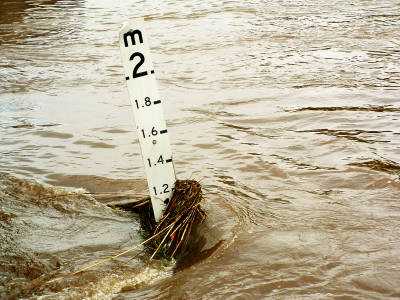Pointed out that the impact of sea level rise in coastal areas is more than four times higher than expected

A global analysis of subsidence, relative sea-level change and coastal flood exposure | Nature Climate Change
https://www.nature.com/articles/s41558-021-00993-z
Sea level rise up to four times global average for coastal communities --UEA
https://www.uea.ac.uk/news/-/article/sea-level-rise-up-to-four-times-global-average-for-coastal-communities
Sea-Level Rise Affects Coastal Areas 4 Times Faster Than We Thought. Here's Why
https://www.sciencealert.com/sea-level-rise-at-the-coast-is-happening-up-to-4-times-faster-than-we-thought
According to a study conducted by Robert Nichols, director of the Tindall Center , a climate research institute in the United Kingdom, the average annual sea level in the coastal areas over the past 20 years is 7.8 mm to 9.9 mm as a result of combined land subsidence and sea level rise. It became clear that it had risen. That's about four times the rise around the world, including the coast, and Nichols and colleagues warn that urgent action is needed.

In addition, Nichols et al. Analyzed sea level fluctuations caused by climate, changes in glaciers that cause land uplift or subsidence, land subsidence, etc., and measured the weighted average value per population to determine the degree of risk in each region. ..
The results show that only less than 1% of coastal people live in uplifted lands and about 58% live in subsidence
Nichols et al. Analyze that the cause of land subsidence is the pumping of groundwater and the mining of oil, gas, and earth and sand. In Tokyo, Shanghai and Bangkok, land subsidence has dropped significantly due to reduced groundwater pumping, but in New Orleans, Jakarta and other cities, direct efforts have been made to prevent land subsidence. Nichols and colleagues say.

'To accurately analyze coastal conditions, it is important to measure not only sea level but also subsidence land,' Nichols said.
Related Posts:
in Science, Posted by log1p_kr







